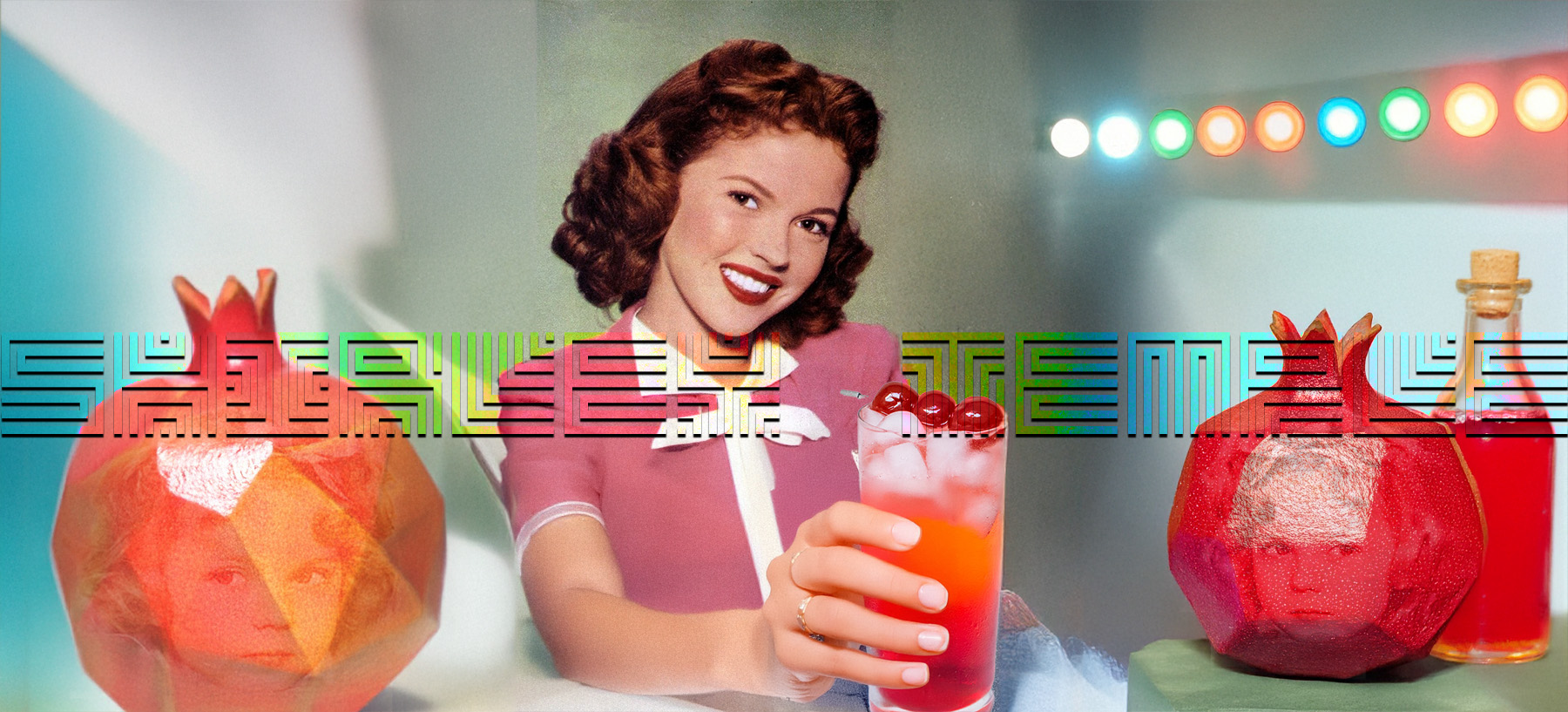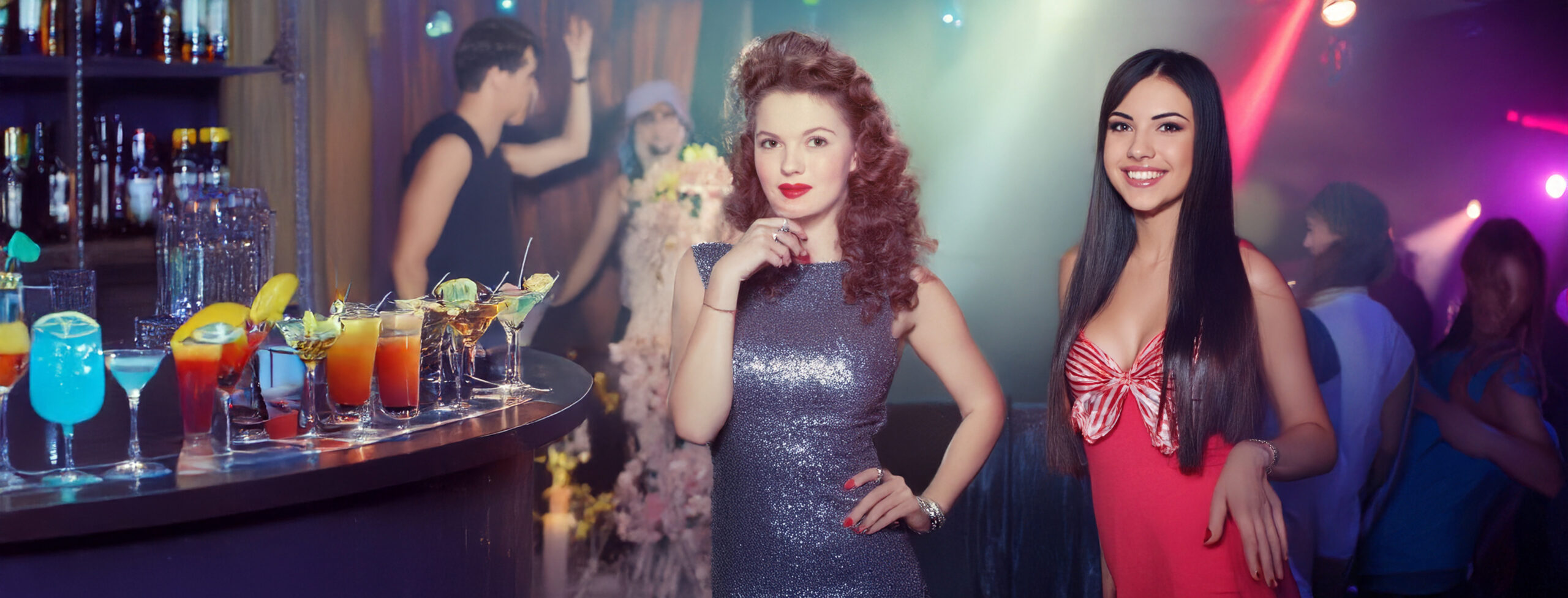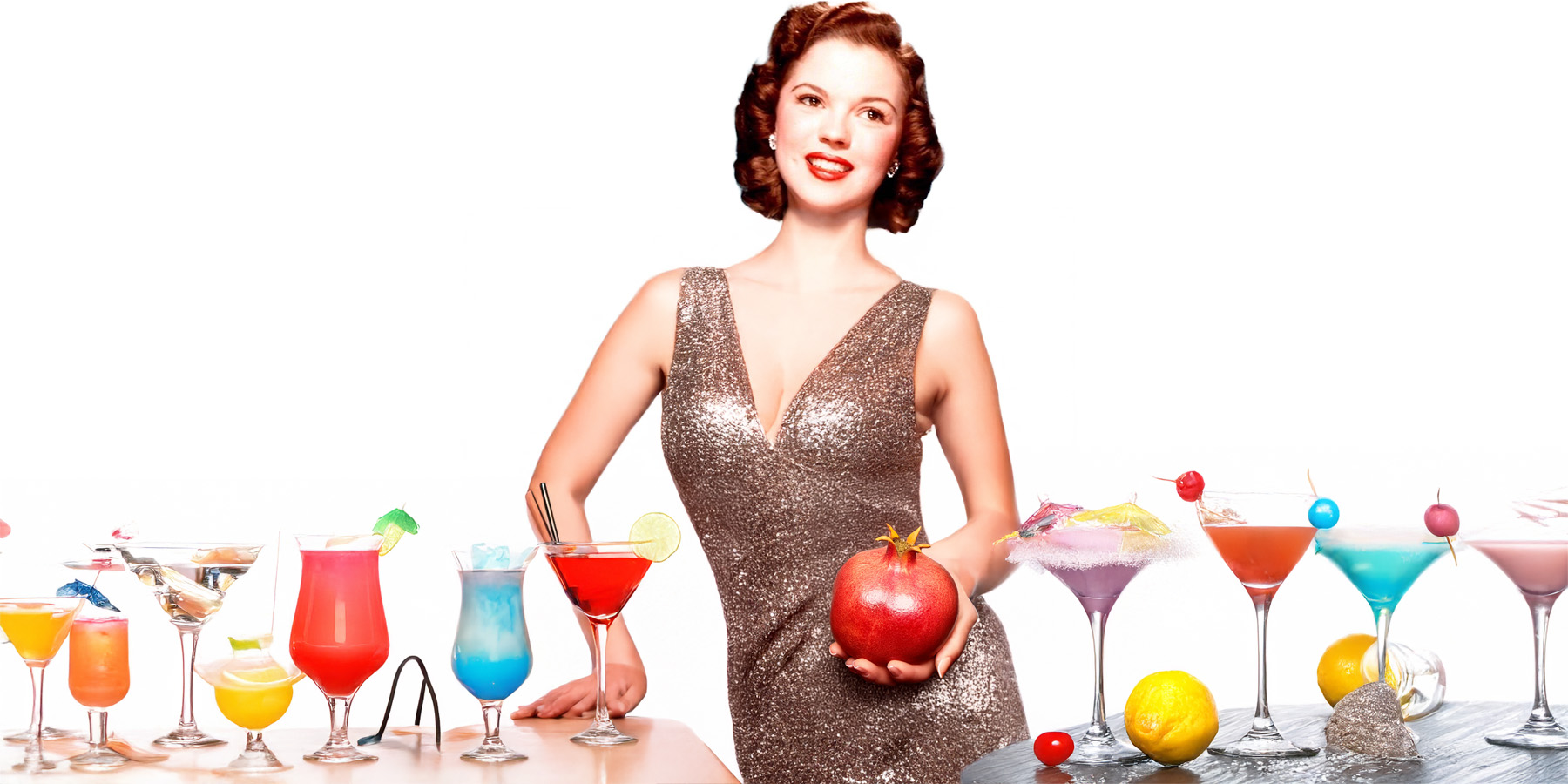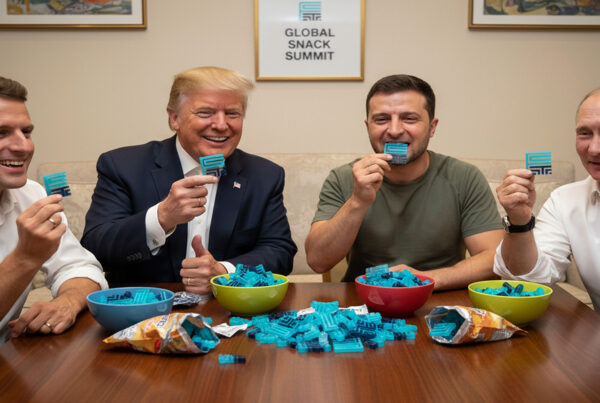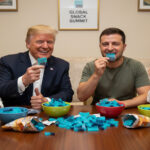The Shirley Temple, a beloved non-alcoholic drink named after the 1930s child star, has been a staple at social gatherings for decades. This sweet, bubbly mocktail traditionally combines ginger ale or lemon-lime soda with grenadine and a maraschino cherry garnish.Now, this classic is making headlines as 7UP announces its new Shirley Temple 7UP flavor. Launching in October 2024, this limited-edition beverage blends 7UP’s signature lemon-lime taste with pomegranate and cherry flavors, offering a convenient, ready-to-drink version of the iconic mocktail.
The story behind the Shirley Temple drink:
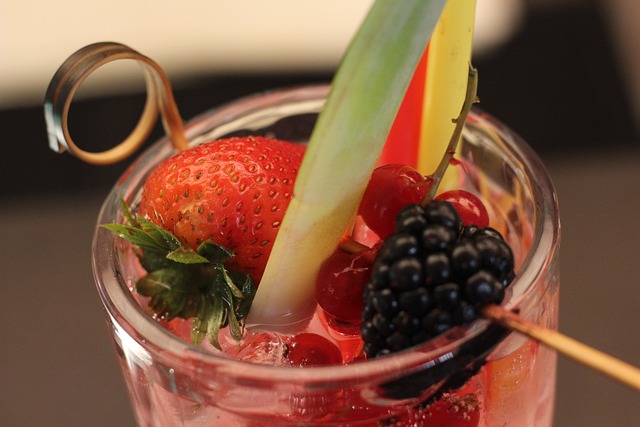 Origin: The Shirley Temple mocktail was created in the early 1930s, inspired by the famous child actress Shirley Temple .
Origin: The Shirley Temple mocktail was created in the early 1930s, inspired by the famous child actress Shirley Temple .
Disputed creation: Multiple places claim to be the origin of the drink: Chasen’s restaurant in West Hollywood, The Brown Derby restaurant in Hollywood & The Royal Hawaiian Hotel
Reason for creation: Most stories agree that the drink was created because young Shirley Temple needed a non-alcoholic option when dining out with adults. One account suggests she was “whining” over her parents sipping old-fashioneds.
Ingredients: The classic recipe typically includes: Grenadine syrup, Ginger ale or lemon-lime soda (sometimes both), Maraschino cherry for garnish, Some variations may include orange juice.
Shirley Temple’s opinion: Interestingly, Shirley Temple herself didn’t like the drink. In a 1986 NPR interview, she called it “saccharine sweet” and “icky” .
Legal issues: In 1988, Shirley Temple took legal action against companies trying to market bottled versions of the drink using her name. She argued that her name was not a generic term and using it was an invasion of her privacy .
Legacy: Despite Shirley Temple’s personal dislike for it, the mocktail became incredibly popular and remains a beloved non-alcoholic beverage option, especially for children at restaurants and parties.
Variations: Over time, alcoholic versions like the “Dirty Shirley” (adding vodka or rum) and “Shirley Temple Black” (with Kahlua) have been created for adults.
The Shirley Temple drink has become an iconic mocktail, with a rich history tied to Hollywood’s Golden Age and the career of one of its most famous child stars.
Traditional grenadine syrup:
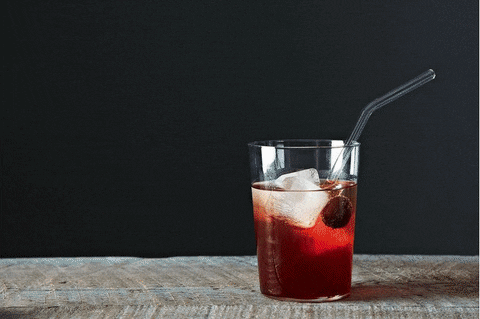 This homemade version uses real pomegranate juice, unlike many commercial versions that use artificial or natural flavors.
This homemade version uses real pomegranate juice, unlike many commercial versions that use artificial or natural flavors.
Fresh lemon juice is preferred over bottled for better flavor.
The syrup should last about 1 month when stored properly in the refrigerator.
This recipe does not contain any alcohol or artificial preservatives.
This traditional formula produces a sweet-tart pomegranate syrup that can be used in various cocktails and mocktails, including Shirley Temples, Tequila Sunrises, and other drinks.
Origins and history of grenadine syrup:
- Middle Eastern origins: Grenadine’s origins can be traced back to the Middle East, where pomegranates were highly prized for their medicinal properties. The juice was used to treat various ailments and to make a sweet syrup .
- Etymology: The word “grenadine” comes from the French word “grenade,” which means pomegranate .
- French connection: Grenadine syrup originated in France. The earliest mention of “syrup de grenade” (pomegranate syrup) can be found in an apothecary manual from 1769 by Pierre-Joseph Buc’hoz .
- Introduction to the United States: On October 5, 1869, French emigrant Victor Rillet obtained a patent for the first commercial grenadine syrup produced in the United States .
- Evolution of ingredients: Originally, grenadine was made from pomegranate juice, sugar, and water. However, by the 1880s, artificially-flavored grenadine syrups had become common due to the scarcity of pomegranates in the U.S. at the time .
- Legal issues: In 1912, there was a lawsuit (United States v. Thirty Cases of Grenadine Syrup) where a manufacturer was forced to admit their product contained no pomegranate .
- Popularity in cocktails: Grenadine’s popularity as a mixer accelerated in the first decade of the 20th century. It generally replaced raspberry syrup in cocktails, tall drinks, and punches .
- Modern variations: Today, while some grenadine is still made with pomegranate, many commercial versions use artificial flavors or substitute fruits like blackcurrant, elderberry, raspberry, and gooseberry .
This history shows how grenadine evolved from a medicinal syrup in the Middle East to a popular cocktail ingredient, with its composition changing significantly over time due to commercial pressures and availability of ingredients.
Other ways to make grenadine syrup and ingredients that can be added for complexity:
Cold method: Instead of heating, you can mix equal parts pomegranate juice and sugar, shake to dissolve, and add pomegranate concentrate and vodka for preservation.
Additional flavorings: Orange flower water or orange blossom water, Rose water, Vanilla extract or vanilla bean, Pomegranate molasses for deeper flavor, A small amount of almond extract
Alternative sweeteners: Honey, Agave nectar, Maple syrup
Fruit additions: Raspberries or raspberry juice, Blackberries or blackberry juice, Cranberry juice
Spices: Cinnamon stick, Star anise, Cardamom pods
Herbs: Fresh mint, Basil, Rosemary
Citrus: Lemon zest, Orange zest, Lime juice instead of lemon juice
Other techniques: Using a cold brew method for a fresher flavor, infusing with whole spices or herbs before straining, reducing pomegranate juice before adding sugar for a more concentrated flavor
When adding complexity to grenadine, it’s important to maintain balance and not overpower the core pomegranate flavor. Subtle additions can enhance the syrup without drastically changing its character. Experimenting with small batches can help you find the perfect combination for your taste preferences.
Shirley Temple was the sparkplug that ignited the mocktail revolution:
First non-alcoholic cocktail: The Shirley Temple is widely considered to be the world’s first mocktail . This pioneering status makes it the original spark for the entire mocktail category.
Widespread popularity: The drink became a sensation in the 1930s and has remained popular ever since . This enduring popularity helped establish mocktails as a legitimate beverage category.
Bridging generations: While originally created for a child star, the Shirley Temple has maintained popularity among both children and adults . This cross-generational appeal helped normalize the concept of sophisticated non-alcoholic drinks.
Inspiration for variations: The original Shirley Temple has inspired numerous variations, including adult versions like the “Dirty Shirley” and “Shirley Temple Black” . This demonstrates how it sparked creativity in mixology beyond just alcoholic drinks.
Cultural impact: The drink’s association with Hollywood glamour and its namesake child star gave mocktails a sense of sophistication and fun that was previously reserved for alcoholic cocktails .
Establishing mocktail elements: The Shirley Temple introduced key elements that became staples in mocktails, such as the use of grenadine for color and sweetness, and the iconic maraschino cherry garnish .
Legal precedent: Shirley Temple’s lawsuit against unauthorized use of her name for bottled versions of the drink helped establish the idea that mocktails could be serious business, not just child’s play.
Inclusivity in social settings: The Shirley Temple provided a non-alcoholic option for those who didn’t drink alcohol, allowing them to participate in cocktail culture and social drinking rituals .
While Shirley Temple herself may not have been a fan of the drink , her inadvertent role in creating this mocktail laid the groundwork for the diverse and creative world of non-alcoholic cocktails we see today. The Shirley Temple essentially created the template for what a mocktail could be, paving the way for future innovations in non-alcoholic beverages.
10 Drinks inspired by the Shirley Temple, each named after a famous child star from the last 50 years:
- The Daniel Radcliffe: A magical blend of butterscotch syrup, cream soda, and a splash of ginger ale, garnished with a lightning bolt-shaped lemon peel.
- The Macaulay Culkin: A playful mix of apple juice, cinnamon syrup, and sparkling water, topped with a “forgotten” maraschino cherry.
- The Drew Barrymore: A floral concoction of lavender syrup, lemonade, and club soda, garnished with edible flower petals.
- The Natalie Portman: An elegant combination of pomegranate juice, rose water, and tonic water, served with a black swan-shaped orange peel.
- The Haley Joel Osment: A mysterious blend of blue curacao syrup (non-alcoholic), coconut water, and lemon-lime soda, with a “ghostly” swirl of vanilla cream.
- The Lindsay Lohan: A tropical mix of pineapple juice, coconut cream, and sprite, with a splash of grenadine for a sunset effect.
- The Dakota Fanning: A sophisticated blend of Earl Grey tea, lavender syrup, and soda water, garnished with a twist of lemon.
- The Elijah Wood: A woodsy combination of birch beer, vanilla syrup, and a dash of aromatic bitters (non-alcoholic), served over ice with a cinnamon stick.
- The Emma Watson: An enchanting mix of elderflower cordial, apple juice, and sparkling water, garnished with a golden apple slice.
- The Miley Cyrus: A bold combination of wild berry syrup, lemon juice, and ginger beer, topped with a pop rocks rim for extra excitement.
Each of these drinks aims to capture something of the personality or roles associated with the named child star, while offering a unique and flavorful non-alcoholic option inspired by the classic Shirley Temple.

